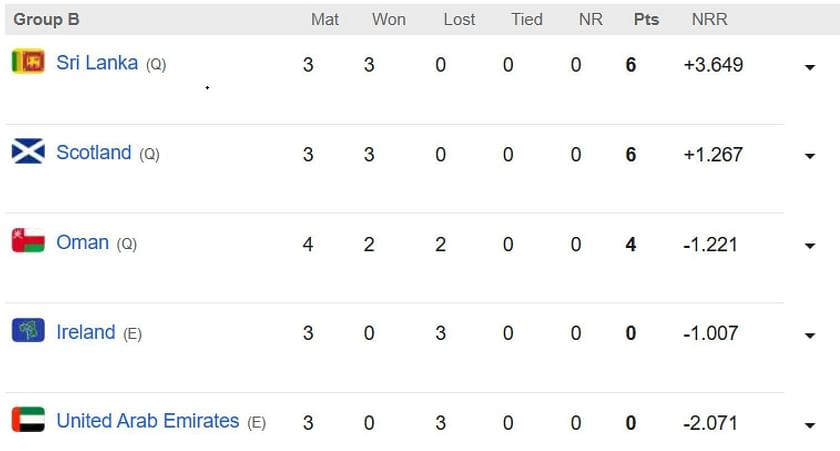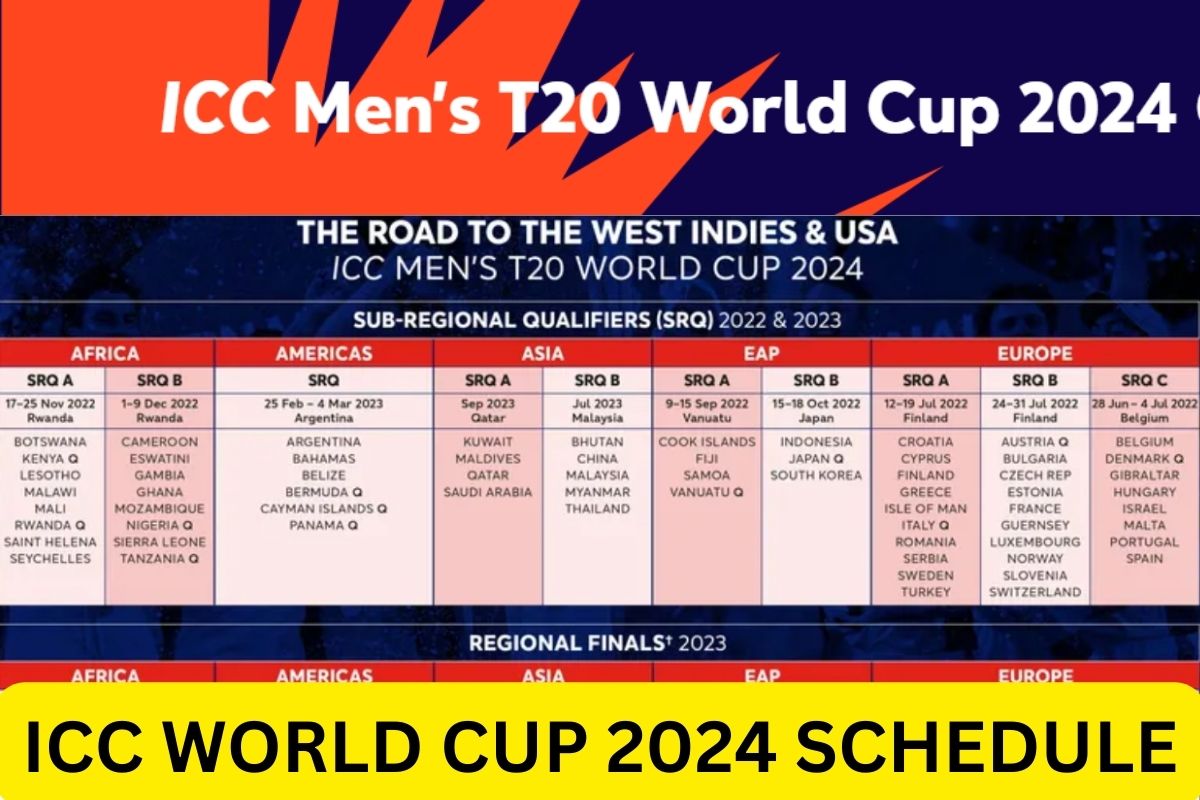World Cup Los Angeles: Imagine the roar of the crowd, the vibrant energy of a global spectacle descending upon the City of Angels! This isn’t just a dream; it’s a potential reality brimming with logistical hurdles, economic booms, and cultural explosions. Let’s dive into the exciting possibility of a World Cup hosted in the heart of Los Angeles, exploring its history, potential, and the incredible impact it could have.
From analyzing the feasibility of hosting such a massive event in a city already known for its impressive sporting infrastructure to examining the potential economic benefits and cultural exchanges, we’ll uncover the multifaceted layers of a World Cup in LA. We’ll explore public opinion, necessary infrastructural upgrades, and even design a hypothetical marketing campaign to drum up support for this ambitious endeavor.
Get ready for a captivating journey into the world of soccer, sunshine, and the potential for an unforgettable World Cup experience.
Infrastructure and Logistics for a Los Angeles World Cup: World Cup Los Angeles
Hosting a World Cup in Los Angeles would require significant infrastructure upgrades and meticulous logistical planning to ensure a smooth and memorable event for players, officials, and fans alike. The city’s existing infrastructure provides a strong foundation, but strategic improvements are crucial to accommodate the influx of people and the demands of a global sporting spectacle.
Necessary Infrastructure Upgrades
Los Angeles boasts several existing stadiums suitable for World Cup matches, notably the Rose Bowl and SoFi Stadium. However, upgrades would be necessary to meet FIFA standards. This includes improving seating capacity, accessibility for disabled fans, media facilities, and ensuring top-tier playing surfaces. Furthermore, the city’s public transportation network would require substantial enhancements to efficiently handle the anticipated surge in passenger numbers.
Improved connectivity between stadiums, airports, and fan accommodation zones is paramount. Finally, investments in temporary infrastructure, such as fan zones and media centers, would be essential to create a vibrant and engaging atmosphere for visitors. The experience of cities like Rio de Janeiro in 2014, which saw substantial improvements to its public transport ahead of the games, provides a valuable case study.
Transportation and Accommodation Plan, World cup los angeles
A comprehensive transportation plan is crucial. This would involve leveraging existing public transportation systems (Metro Rail, buses) and supplementing them with increased frequency, extended operating hours, and potentially dedicated World Cup shuttle services. A robust ticketing and information system would be necessary to guide fans efficiently. Accommodation would need to cater to a vast number of visitors, including players, officials, media, and fans.
This could involve a combination of existing hotels, temporary accommodations, and potentially the construction of temporary housing solutions. The successful accommodation strategies used during the 2012 London Olympics, which saw a significant increase in hotel bookings and the use of alternative accommodation, can serve as a model. Effective coordination with local authorities and the hospitality sector would be crucial to ensure sufficient and appropriately priced accommodations.
Sustainability Aspects
Compared to other World Cup host cities, Los Angeles has the potential to stage a relatively sustainable event. The city’s existing infrastructure and its commitment to environmental initiatives could minimize the event’s carbon footprint. For instance, the widespread use of public transportation could significantly reduce reliance on private vehicles. Furthermore, sourcing locally produced food and utilizing renewable energy sources during the event could further enhance its sustainability profile.
A contrast could be drawn with Qatar 2022, which faced criticism for its high carbon emissions and environmental impact associated with the construction of new stadiums. Los Angeles can showcase a different approach, prioritizing environmentally friendly practices.
Security Protocols and Measures
Ensuring a safe and secure environment for all participants is paramount. This necessitates a comprehensive security plan involving collaboration between local law enforcement, federal agencies, and FIFA security personnel. Advanced surveillance technologies, crowd control measures, and robust cybersecurity protocols would be vital. The security planning for previous major sporting events, such as the Super Bowl and the Olympics, can provide valuable insights and best practices.
Effective communication strategies with the public to raise awareness about security measures and potential threats are also crucial. A layered approach to security, combining physical security with technological advancements, would create a safer environment for fans and participants alike.
The prospect of a World Cup in Los Angeles is more than just a sporting event; it’s a transformative opportunity. From revitalizing existing infrastructure and boosting the local economy to fostering unprecedented cultural exchange and global unity, the potential benefits are vast. While challenges undoubtedly exist, the rewards of hosting a World Cup in this vibrant city—a city already steeped in sporting history and brimming with energy—are simply too enticing to ignore.
The journey towards a successful bid would be an adventure in itself, uniting Angelenos and showcasing the city’s unique spirit on the world stage. Let the games begin (hopefully, in LA!).
Do not overlook the opportunity to discover more about the subject of under 19 world cup 2024.



